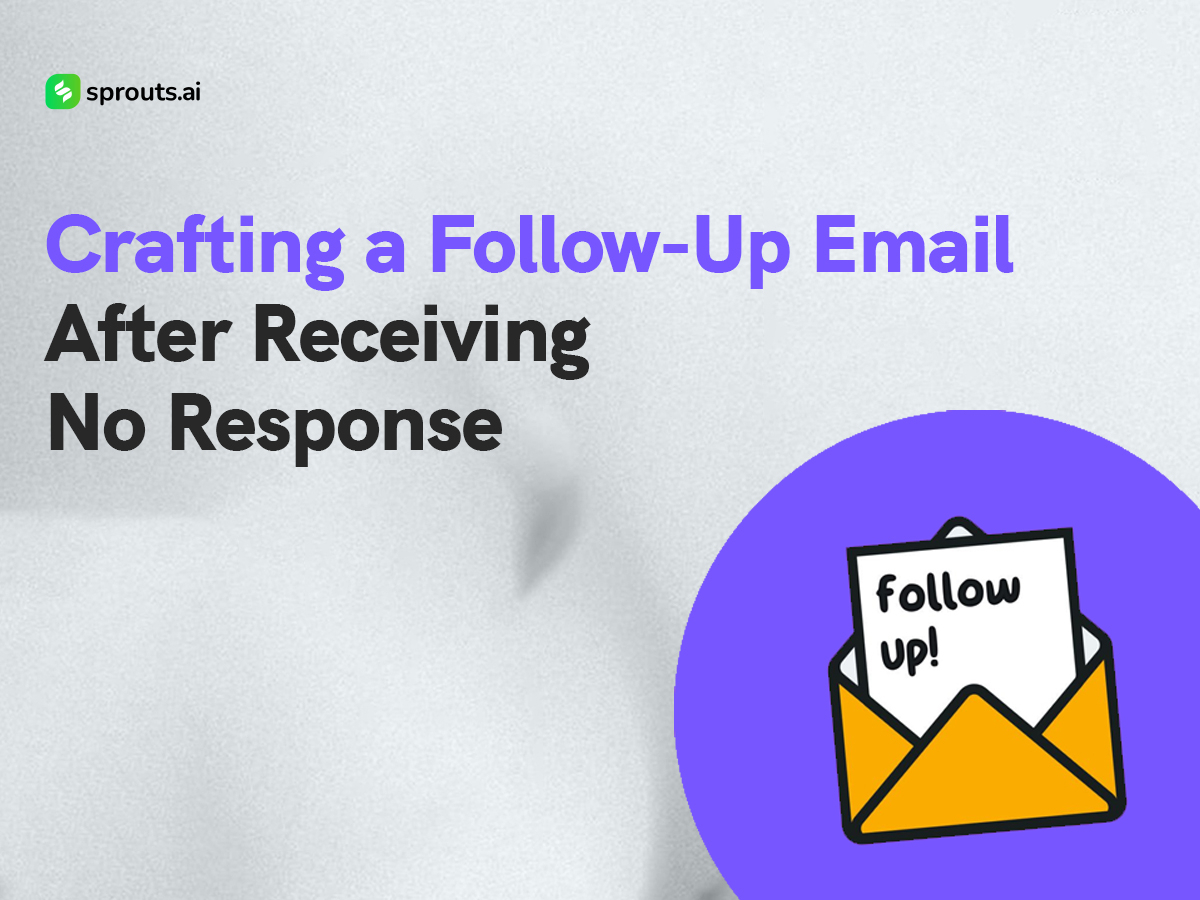Ever send an email and hear nothing back? It happens to the best of us! But a well-written follow-up email can be your key to turning a quiet inbox into a conversation.
This blog gives you the lowdown on crafting powerful follow-ups that get noticed and get results. We’ll cover when to send them, what to include, and how to structure your message for maximum impact. Learn how to transform those unanswered emails into productive exchanges and watch your email marketing skills take off!
Understanding the Importance of Follow-Up:
Before getting into the details of crafting a follow-up email, it’s essential to understand why follow-up communication matters. In today’s fast-paced digital world, inboxes are inundated with emails competing for attention. Often, emails get lost in the shuffle, buried under a mountain of unread messages. A well-timed follow-up serves as a gentle reminder, prompting the recipient to revisit your initial message and hopefully elicit a response.
- Timing Is Key: When crafting a follow-up email, timing is crucial. You want to strike the right balance between being persistent and respectful of the recipient’s time. Typically, waiting about a week after your initial email before sending a follow-up is considered appropriate. However, this timeframe can vary depending on the urgency of your message and the nature of your relationship with the recipient. Avoid bombarding the recipient with multiple follow-ups in quick succession, as this can come across as pushy and desperate.
- Personalize Your Approach: Personalization can significantly increase the likelihood of receiving a response to your follow-up email. Reference specific details from your initial email or any previous interactions you’ve had with the recipient. This demonstrates that you’re not sending a generic follow-up but rather a thoughtful and tailored message. Additionally, addressing the recipient by name adds a personalized touch and fosters a sense of connection.
- Keep It Concise and Clear: In the age of information overload, brevity is key when crafting a follow-up email. Keep your message concise and to the point, focusing on the purpose of your follow-up. Avoid rambling or including unnecessary details that may detract from the main objective of your email. Use clear and straightforward language to ensure that your message is easily understood by the recipient.
- Provide Value: Your follow-up email should offer value to the recipient, whether it’s providing additional information, addressing any questions or concerns they may have, or proposing a solution to their problem. By demonstrating how your message benefits the recipient, you’re more likely to capture their attention and prompt a response. Avoid making your follow-up solely about your needs or agenda; instead, strive to create a mutually beneficial exchange.
- Use a Compelling Subject Line: The subject line of your follow-up email plays a crucial role in grabbing the recipient’s attention and enticing them to open your message. Opt for a subject line that is concise, relevant, and compelling. Consider incorporating elements such as a question, a sense of urgency, or a hint of curiosity to pique the recipient’s interest. However, avoid using clickbait or misleading subject lines, as this can damage your credibility and undermine the effectiveness of your follow-up.
Follow-Up Email Template:
Here’s a template you can use as a framework for crafting your follow-up email:
Subject: Follow-Up on [Subject of Initial Email]
Dear [Recipient’s Name],
I hope this email finds you well. I wanted to follow up on my previous message regarding [briefly summarize the purpose of your initial email].
I understand that you may be busy, but I wanted to reiterate [mention any key points from your initial email] and express my continued interest in [restate the desired outcome or objective].
[Optional: Provide any additional information, updates, or clarifications relevant to the conversation.]
I would greatly appreciate it if you could take a moment to [specify the desired action, such as responding to your inquiry, scheduling a meeting, etc.].
Thank you for your time, and I look forward to hearing from you soon.
Best regards,
[Your Name]
Crafting a follow-up email after receiving no response requires finesse, patience, and a strategic approach. By understanding the importance of follow-up communication, personalizing your messages, and providing value to the recipient, you can increase the likelihood of eliciting a response. Make sure to keep your follow-up concise, clear, and respectful of the recipient’s time. With the right tactics and mindset, you can master the art of the follow-up email and navigate the complexities of professional communication with confidence.

